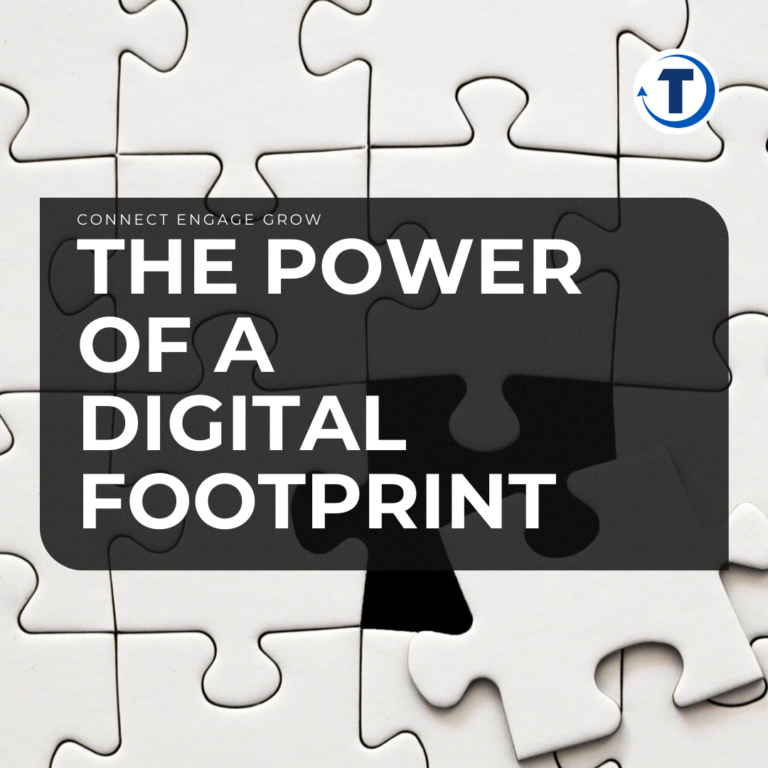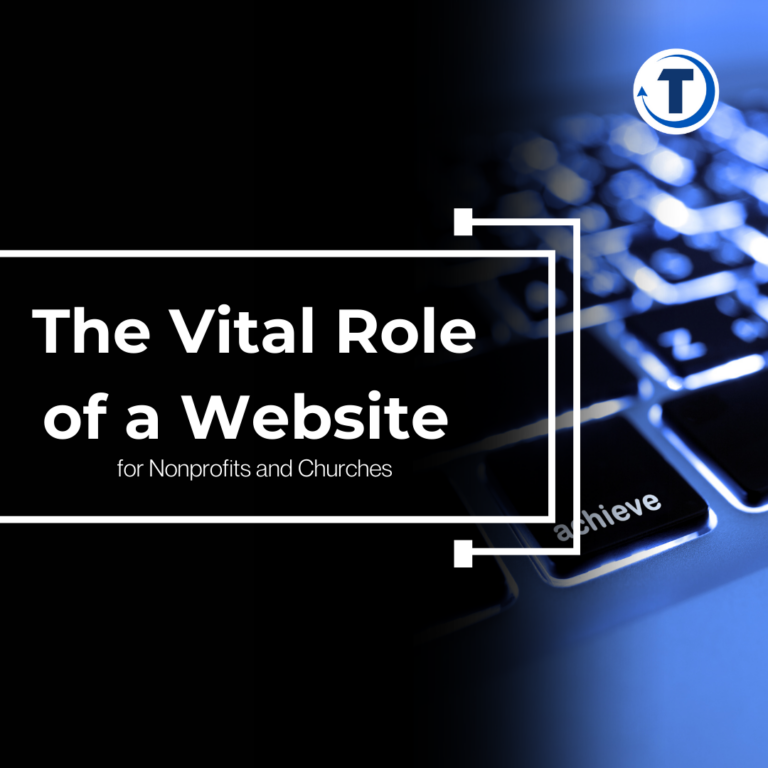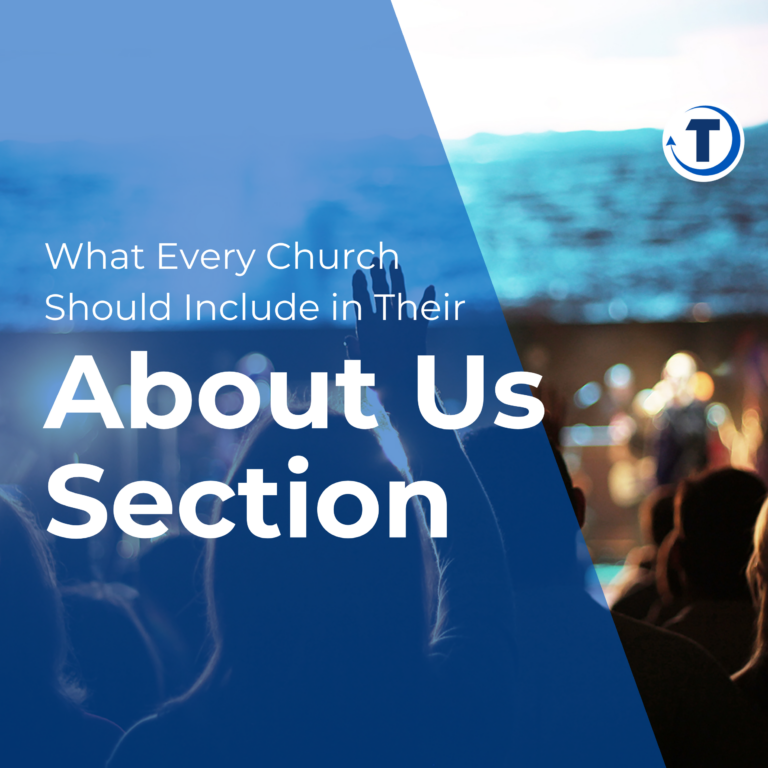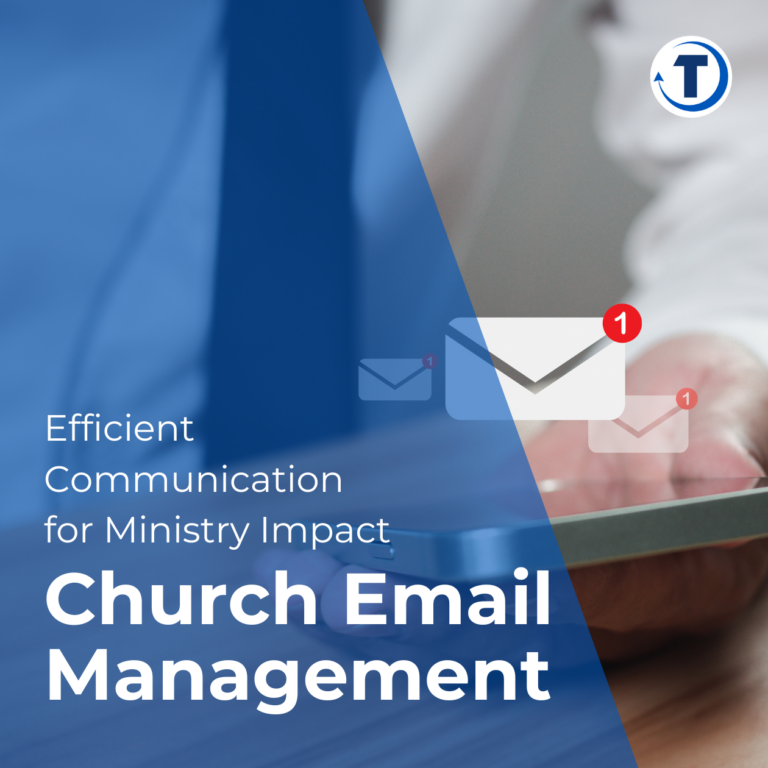Online giving has become a game-changer for churches in recent years. It offers a simple way for members to support their church from anywhere, at any time. Churches that embrace online giving with digital donations often see a boost in contributions and engagement.
Churches that add online giving options can increase their total donations by up to 32%. This uptick comes from making it easy for people to give on their terms. Members can set up recurring gifts, donate during services using their phones, or give spontaneously when they feel moved. Online platforms allow churches to accept various payment methods, from credit cards to digital wallets.
Church-giving apps take things a step further. These apps put donation options right in members’ pockets. They can also serve as hubs for sermon archives, event calendars, and prayer requests. This constant connection keeps the church present daily, fostering a stronger sense of community and encouraging regular giving.
The Importance of Online Giving in Ministry
Online giving has become a crucial tool for ministries to connect with donors and grow their impact. It offers new ways to reach people and build stronger ties with communities.
Expanding the Reach of Your Ministry
Online donations allow ministries to accept gifts from anywhere at any time. This opens up giving to people who can’t attend services in person. It also makes it easy for members to give when traveling or away from home.
Churches can set up recurring donations online. This helps create a steady income stream. Members can give weekly or monthly without having to remember each time.
Online giving also attracts younger donors. Many young people prefer digital payments for everything, including charity. By offering this option, churches can engage the next generation of givers.
Strengthening Engagement with Congregation and Community
Online giving platforms often come with tools to boost engagement. Churches can send thank-you messages right after someone donates. This quick response shows donors their gifts are valued.
These systems can track giving patterns. This helps churches understand their donors better. They can then tailor their outreach efforts.
Many platforms let donors set up profiles. Members can see their giving history and set goals. This personal touch can make people feel more connected to the church’s mission.
Online giving can tie into other digital efforts. Churches can link donation pages to their social media or email campaigns. This creates a smooth path from inspiration to action for potential givers.
Integrating Online Giving with Your Church’s Vision
Online giving can strengthen your ministry when it aligns with your church’s goals and culture. It goes beyond just collecting donations to become part of your overall mission.
Incorporating Digital Giving as Part of Church Culture
Make online giving a natural part of your church experience. Talk about it during services and events. Show how easy it is to give digitally. Train staff and volunteers to help others use online tools. Create giving campaigns tied to specific projects or needs. This keeps members engaged.
Put giving buttons on your website and app. Send text reminders about giving options. Use social media to share stories of how donations make a difference. The more visible and normal online giving becomes, the more people will use it.
Aligning Fundraising Efforts with Ministry Goals
Connect online giving to your church’s vision and goals. Break down big projects into smaller funding targets. This makes giving feel more tangible and impactful. Share updates on how donations are used to meet ministry needs.
Create different giving categories that match your church’s focus areas. This could include missions, youth programs, or community outreach. Let donors choose where their money goes. It helps them feel more connected to the church’s work.
Set up recurring giving options for steady support of ongoing ministries. This helps with budget planning and sustainability. Make sure your online system can track and report on giving patterns. Use this data to plan future projects and adjust your fundraising approach.
Choosing the Right Online Giving Platform
Picking a good online giving platform can help your church get more donations. The best platforms have key features and work well for churches of all sizes.
Essential Features for Effective Digital Fundraising
Look for platforms that are easy to use. They should work on phones, tablets, and computers. Good platforms let people give one time or set up regular gifts. They also make it simple to track donations and send thank-you notes.
Some key features to consider:
- Secure payment processing
- Multiple ways to give (credit card, bank transfer, text)
- Ability to create custom donation forms
- Detailed reporting tools
- Integration with church management software
Make sure the platform has good customer support too. This can be crucial if you run into any issues.
Comparing Top Online Giving Solutions for Churches
Several platforms stand out for church giving:
- Tithe.ly: Offers a full suite of tools for churches, including a mobile app.
- Givelify: Known for its simple, three-tap giving process.
- Donorbox: Provides customizable donation forms and low fees.
- PayPal: A familiar name that many people trust.
- Givebutter: Our personal favorite platform, offers giving at no cost!
Each platform has its strengths. Tithe.ly and Givelify are built for churches. Donorbox works well for smaller ministries. PayPal is widely recognized. Givebutter has a great mix of everything, including donor management system (CRM).
Consider your church’s size, budget, and specific needs when choosing. Try out demos if possible. Pick a platform that fits your church culture and makes giving easy for your members!
Optimizing the Online Giving Experience
A smooth online giving process can greatly boost donations. By focusing on user-friendliness, mobile access, and payment flexibility, ministries can make it easy for people to give.
Creating a User-Friendly Donation Page
A simple donation page is key. Use clear labels and minimal form fields. Add a progress bar to show donors where they are in the process. Include preset giving amounts to guide donors. Make sure the page loads quickly. Use large, easy-to-read text and buttons. Add clear calls to action like “Donate Now” or “Support Our Ministry.”
Place the donation form in a prominent spot on your website. Use eye-catching colors that match your ministry’s branding. Include a brief message about how donations help your cause. This reminds people why giving matters.
Ensuring Mobile Responsiveness and Accessibility
More people use phones to go online. Your giving page must work well on all devices. Test it on different screen sizes to make sure it looks good. Buttons should be big enough to tap easily on a phone screen. Text should be resized to fit smaller screens.
Make sure your page works for everyone. Use alt text for images so screen readers can describe them. Check that the page can be used with just a keyboard. Use high-contrast colors to help people with vision issues. Offer ways to increase the text size for easier reading.
Offering Multiple Payment Options
Give donors choices in how they pay. Accept credit and debit cards. Add options like PayPal, Apple Pay, or Google Pay. Some people prefer these methods. Let donors set up recurring gifts. This can lead to more steady giving over time.
Consider adding text-to-give or QR code options. These are quick ways to donate during services or events. Make sure to explain how each payment method works. Provide clear instructions or a FAQ section to answer common questions about giving.
Fostering a Culture of Generosity and Recurring Giving
Regular giving helps ministries plan and budget more effectively. Recurring donations provide a steady income stream to support ongoing programs and initiatives.
Educating on the Impact of Continuous Support
Teach congregants how consistent giving makes a difference. Show examples of ministry programs funded by regular donations. Use visuals like charts or infographics to illustrate the impact.
Highlight stories of lives changed through sustained giving. Share testimonials from individuals helped by the ministry’s ongoing work. This puts a human face on the results of faithful support.
Explain how recurring gifts allow for better long-term planning. Demonstrate how steady income helps expand services and reach more people in need. Provide specific examples of what different giving levels can accomplish over time.
Tools for Automating and Managing Recurring Donations
Implement user-friendly online giving platforms. Look for systems with easy setups for recurring payments. Ensure the process is simple on both desktop and mobile devices.
Offer multiple giving options like credit cards, bank transfers, and digital wallets. The easier it is to give, the more likely people will participate. Set up text-to-give capabilities for maximum convenience.
Use donor management software to track giving patterns. These tools help identify trends and opportunities to engage supporters. Many systems can send automated thank-you messages and donor statements.
Provide clear instructions for setting up recurring gifts. Create step-by-step guides with screenshots. Offer personal assistance to those who need help getting started.
Marketing Your Online Giving Channels
Getting the word out about online giving options is key to boosting donations. A strong marketing plan can raise awareness and encourage more people to give digitally.
Leveraging Social Media and Digital Tools
Social media platforms are great for spreading the word about online giving. Post regular updates on Facebook, Instagram, and Twitter about donation needs and how to give. Share stories of how donations make a difference. This puts a human face on giving and motivates people.
Create eye-catching graphics to promote online giving. Use free tools like Canva to design social media images. Short videos work well too. Show step-by-step how to donate online.
Email newsletters are another useful tool. Send focused messages about online giving to your mailing list. Include clear links and instructions. Highlight the ease and security of digital donations.
Increasing Awareness Through Consistent Branding
Use the same colors, fonts, and logos across all online giving materials. This builds trust and recognition. People should instantly know it’s from your ministry.
Make sure your online giving page matches your website design. Use familiar images and wording. This creates a smooth giving experience.
Create a catchy slogan or tagline for online giving. Use it in all marketing efforts. This helps the message stick in people’s minds.
Put your online giving info everywhere. Add it to bulletins, signs, and event flyers. The more people see it, the more likely they are to use it.
Acknowledging and Thanking Your Donors
Showing gratitude to donors is key to online giving success. It builds strong relationships and encourages future support.
The Role of Gratitude in Donor Retention
Saying thank you is vital for keeping donors engaged. When people feel appreciated, they’re more likely to give again. Prompt and sincere thanks can boost donor loyalty.
Gratitude helps create an emotional bond between donors and ministries. This connection often leads to long-term support. Regular thanks also remind donors of the good their gifts do.
Thanking donors quickly shows respect for their time and money. It makes them feel valued as partners in the ministry’s work. This positive feeling can inspire them to tell others about the cause.
Effective Ways to Say Thank You Online
Email is a fast and easy way to thank online donors. A quick note right after a gift shows the ministry is on top of things. Personal touches like using the donor’s name make emails more meaningful.
Social media shout-outs can be great for public thanks. They spread the word about the ministry’s work too. But always check if donors are okay with public recognition first.
Video messages add a personal touch to donor thanks. They let ministry leaders speak directly to supporters. Short, heartfelt videos can be very powerful.
E-cards with custom artwork or photos are another nice option. They’re more special than plain emails. Donors can save and look at them later too.
Maintaining Transparency and Trust
Transparency and trust are key to successful online giving for ministries. Donors want to know how their money is used and see the impact of their contributions. Clear communication and accountability help build lasting relationships with supporters.
Reporting on the Use of Donations
Ministries should provide regular updates on how donations are spent. This can include:
• Monthly or quarterly financial reports • Breakdowns of expenses by category • Updates on specific projects funded by donations • Photos and stories showing the impact of gifts
Using charts or graphs to visualize spending can make reports easier to understand. Some ministries create online dashboards where donors can track giving in real-time.
It’s important to explain both successes and challenges. If a project goes over budget or faces delays, being open about it builds trust.
Building Long-Term Relationships with Donors
Regular communication helps keep donors engaged. Ministries can:
• Send personalized thank-you messages for each gift • Create a newsletter with ministry updates • Host online events to connect with supporters • Use social media to share quick updates and photos
Asking for feedback shows donors their opinions matter. Surveys or one-on-one calls can provide valuable insights.
Ministries should track giving history and preferences. This allows for tailored outreach based on a donor’s interests and past support.
Recognizing donors’ contributions, both big and small, makes them feel valued. Some ministries create giving levels or donor walls to show appreciation.
Adapting to Emerging Online Giving Trends
Churches can boost their ministry by staying up-to-date with new digital giving methods. Embracing modern technologies and creative fundraising approaches helps connect with more donors.
Understanding and Embracing New Giving Technologies
Mobile giving is now a must-have for churches. Many people prefer to donate using their smartphones. Text-to-give allows quick and easy offerings via text message.
Digital giving platforms let members set up recurring donations. This helps automate their giving and provides steady income for ministries.
Electronic giving kiosks in church lobbies offer a convenient option for those who don’t carry cash. These kiosks accept card payments for offerings.
Churches should offer multiple giving channels:
- Website Donations
- Mobile apps
- Text-to-give
- Traditional methods
Staying Ahead with Innovative Fundraising Strategies
Peer-to-peer fundraising taps into social networks. Church members can create personal fundraising pages to share with friends and family.
Digital tools make it easy to track donations and thank givers. Automated emails or texts show appreciation right away.
Churches can use social media to share their mission and inspire giving. Short videos or photos can highlight the impact of donations.
Virtual events allow people to participate in fundraisers from anywhere. Online auctions or live-streamed benefit concerts are popular options.
Gamification adds fun to giving. Churches might use donation thermometers or friendly competitions between groups to boost engagement.












